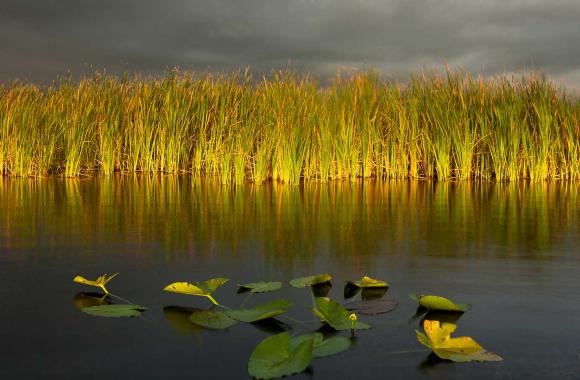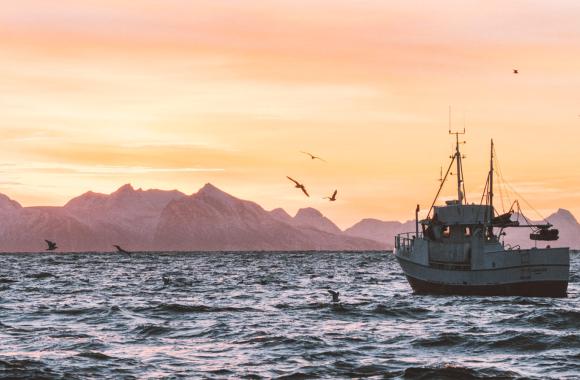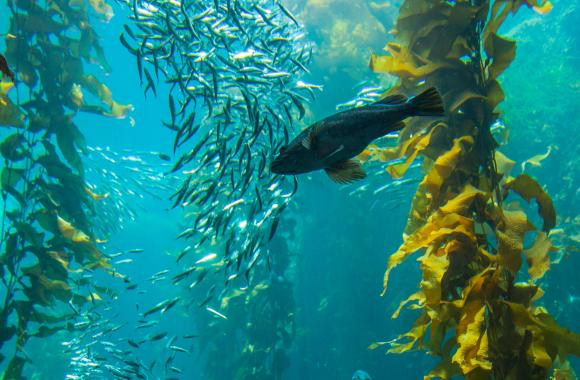Ours is a water world. Though Earth has a land-centric name, oceans cover 71 percent of its surface and make land livable. Some of the planet’s most critical processes happen where sea and air meet, as oceans absorb and redistribute heat and carbon—both rising due to the glut of greenhouse gas emissions in the atmosphere.
Oceans have absorbed at least 90 percent of the excess heat generated by recent climate changes. They also take up carbon dioxide humans generate as plants photosynthesize, animals make shells, and carbon dioxide dissolves in seawater.
While this uptake of heat and carbon has buffered the planet from more severe climate change, oceans are paying a steep price. Water temperatures, marine heat waves, and sea levels are rising. Increased carbon dioxide makes the ocean more acidic. This makes it more difficult for shellfish to build shells and for coral to build their skeletons. Warmer temperatures result in less oxygen dissolve in the water This makes the ocean less able to support animal life, leading to lower productivity. t Oxygen levels in ocean water have already declined somewhat. In the future, biomass production through photosynthesis may also drop, destabilizing the base of the food chain. What’s more, with fewer organisms alive, fewer would die and sink into the deep ocean, carrying their carbon with them.
What practices can be used to sequester carbon in coastal, marine, and open ocean environments? How can human activity support and enhance natural processes?
These questions are vital for addressing greenhouse gas emissions but also for shoring up oceans’ life-sustaining role. Even as oceans suffer, they also are home to significant climate solutions. Solutions for coastal and ocean sinks center on ecosystem protection and restoration and improved aquaculture and fisheries practices.
Protect and Restore Ecosystems
Protecting ecosystems—including mangroves, salt marshes, macroalgae, and seagrass meadows—supports ongoing photosynthesis and carbon storage. Because these “blue carbon” ecosystems have been lost or degraded in many places, restoration also has a vital role to play.
Shift Agriculture Practices
Along coasts and in the open ocean, select practices may augment natural carbon sequestration from seaweed and kelp, while growing fiber and food from the sea.
Oceans will continue to be on the frontlines of climate change, as will people who live near them. Solutions focused on coastal and marine sinks can provide additional benefits, from storm protection to healthy fisheries.






